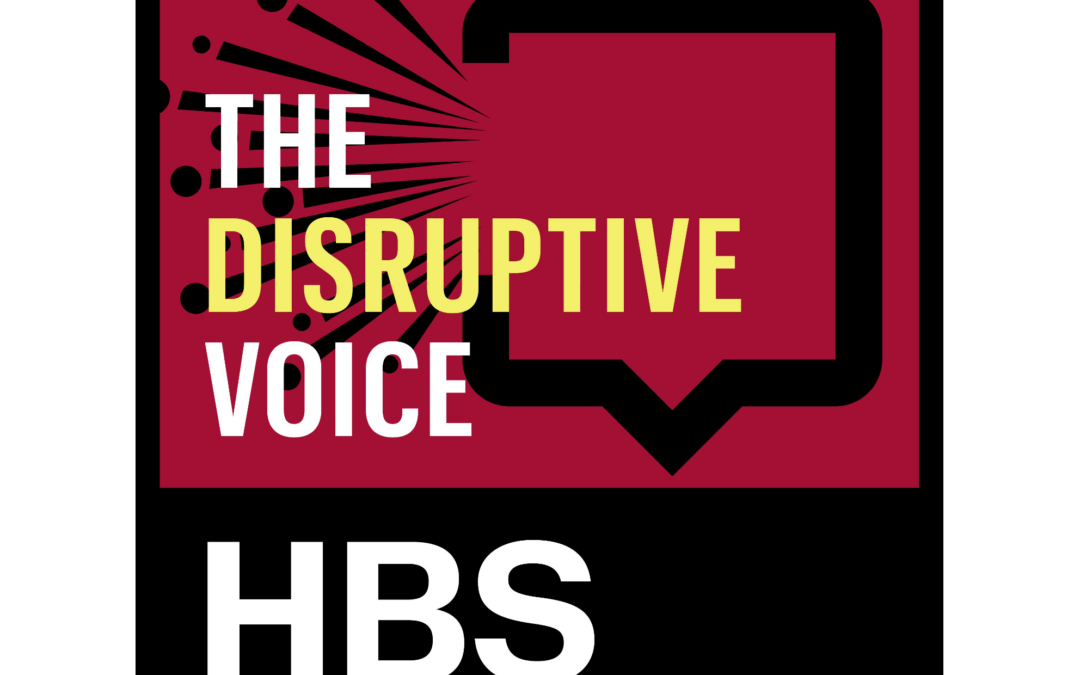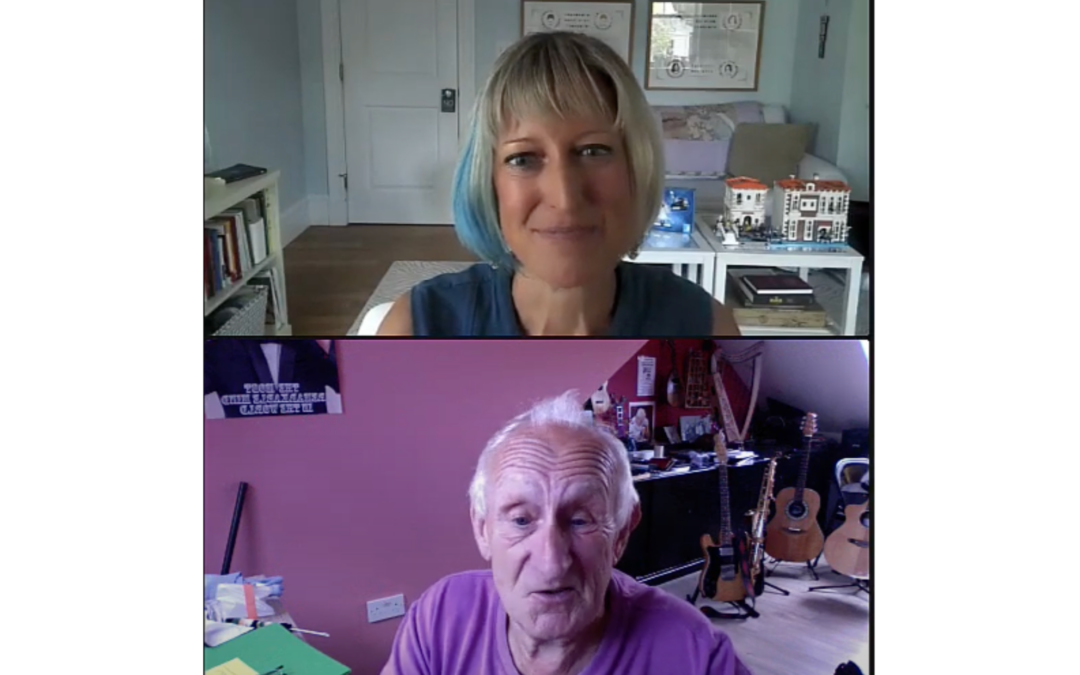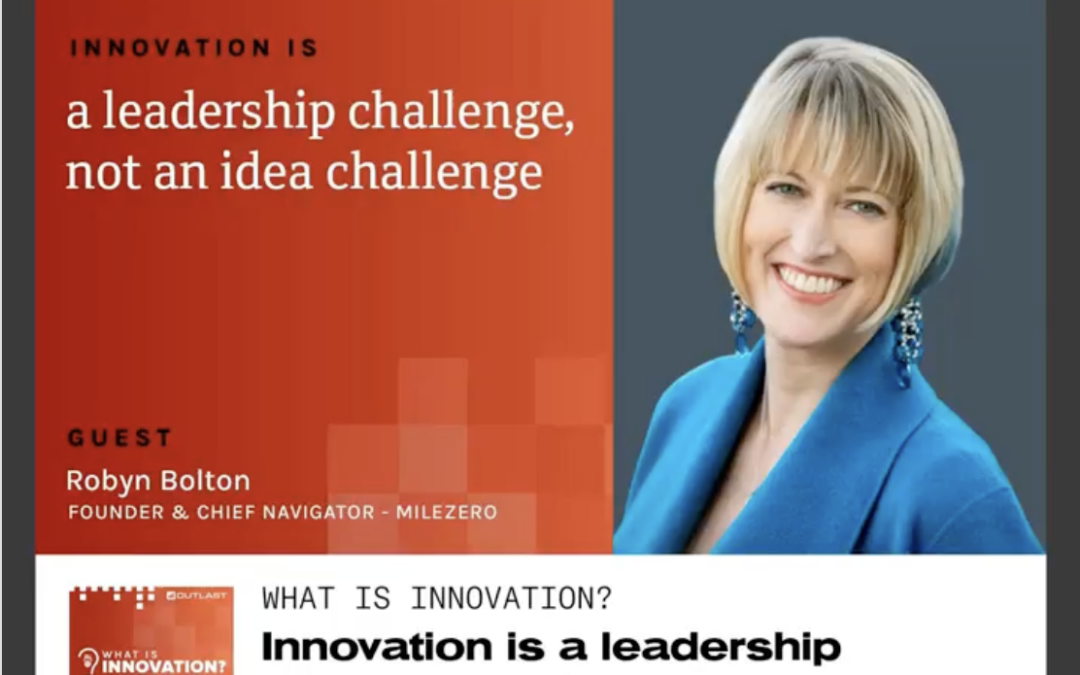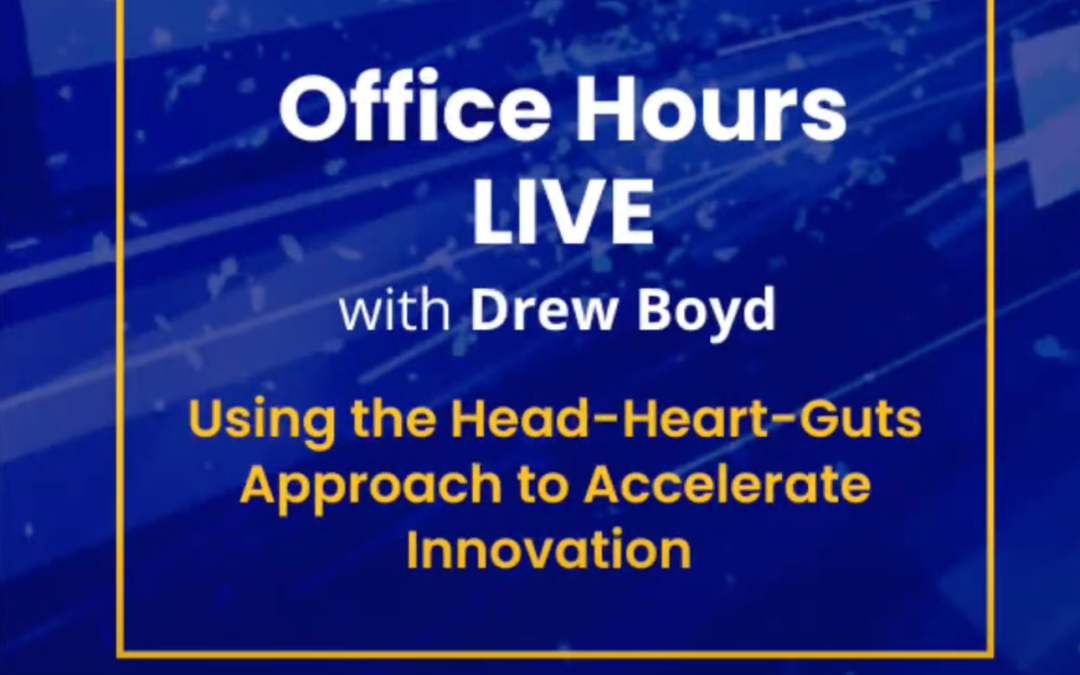Q
Ready to get results?
Enter your name and email to get five proven and practical tips to get real results from your innovation efforts.
By submitting your information, you will also receive occasional innovation news, tips, tools, and insights from Robyn Bolton at MileZero




